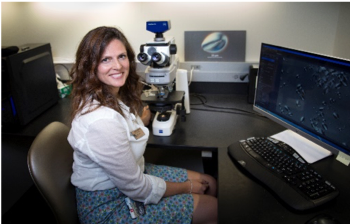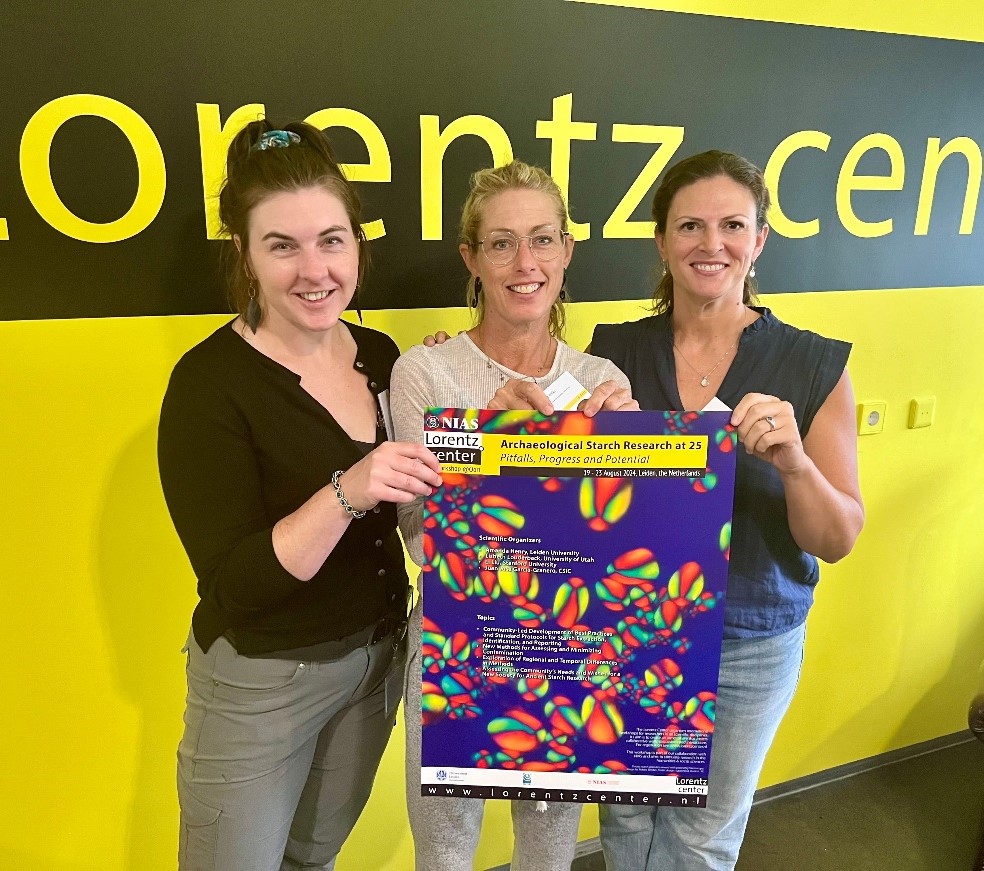Archaeobotany Laboratory
Archaeobotany Laboratory
What We Do
 In our lab, we examine the ecology of human diets using archaeobotanical evidence
from stratified sites on the Colorado Plateau and in the Great Basin. From our point
of view, human diet is an ecological phenomenon dependent upon the supply, harvest,
processing and energetic returns of plant and animal resources from natural ecosystems.
In our lab, we examine the ecology of human diets using archaeobotanical evidence
from stratified sites on the Colorado Plateau and in the Great Basin. From our point
of view, human diet is an ecological phenomenon dependent upon the supply, harvest,
processing and energetic returns of plant and animal resources from natural ecosystems.
Our Tools
Artifacts from archaeological sites (and museum collections), such as ground stone tools, coprolites, basketry, and hearth features provide clues to past human diets and ancient environments. Those clues include macrobotanical remains (leaves, twigs, seeds, fruits) and microbotanical remains (starch granules, pollen grains) that come from plant species having specific environmental signatures and provided food and other benefits to ancient people.
Interdisciplinary Approach
Uniting different disciplines allows us to develop new approaches to answering old questions. We collaborate with researchers in archaeology, plant biology, ecology, genetics, and phytochemistry allowing us to address questions about human resource use, plant domestication and dietary choice in natural environments.
Archaeobotanical Reference Collections
 The Archaeobotany Lab houses macrobotanical, starch, and pollen reference collections.
These samples were either collected by L. Louderback in the field or were sampled
from herbarium specimens.
The Archaeobotany Lab houses macrobotanical, starch, and pollen reference collections.
These samples were either collected by L. Louderback in the field or were sampled
from herbarium specimens.
Recent News
Left to Right: Sara Rickett, Stefania Wilks, and Lisbeth Louderback
Archaeobotany Lab Members Attend Ancient Starch Conference in The Netherlands
Dr. Lisbeth Louderback (Curator of Archaeology and Associate Professor) and her international colleagues received funding from the Lorentz Center (Leiden University, The Netherlands) to organize a conference/workshop on archaeological starch research. Along with Lisbeth, Dr. Anne Lawlor (Anthro Collections Manager), Dr. Bruce Pavlik (NHMU Research Associate), Stefania Wilks, and Sara Rickett (PhD students) presented their research to an international audience of starch researchers. NHMU and University of Utah were well represented!

